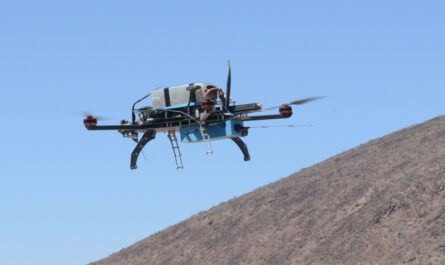Importance of Flight Tracking
With thousands of flights taking off and landing each day, keeping track of commercial and private aircraft is an essential component of the air traffic management system. But as the tragic disappearance of Malaysia Airlines flight 370 in 2014 highlighted, there were gaps in knowing the real-time location and status of planes in flight. This incident underscored the necessity of flight tracking systems that provide continuous surveillance of aircraft from takeoff to landing.
Accurate flight tracking brings numerous advantages. It allows air traffic controllers to actively monitor flight paths and identify potential conflicts or delays. Real-time data on aircraft speed, altitude and geographic position helps ground personnel optimize routing and schedules. In an emergency situation, flight tracking pinpoints the last known coordinates to guide search and rescue operations. For passengers and their families, systems offering live flight updates deliver reassurance andtransparency during travel.
Types of Flight Tracking Technologies
There are multiple technologies used today to automate air traffic surveillance:
ADS-B
Automatic Dependent Surveillance-Broadcast (ADS-B) has emerged as the predominant Flight Tracking System standard worldwide. It works by broadcasting aircraft’s GPS-derived position, altitude, velocity and other parameters every few seconds. Ground-based receivers pick up these transmissions to display a plane’s movement on air traffic control screens or flight tracking apps. ADS-B coverage has expanded rapidly as more planes install the required transmitters.
Multilateration
When an aircraft is not equipped with ADS-B, multilateration networks triangulate its position using differences in arrival time of signals at multiple ground-based receivers. This helps monitor aircraft beyond line of sight in oceanic or remote regions with limited ADS-B coverage. Compared to primary radar systems, multilateration has improved accuracy down to a few meters.
Satellites
Satellite-based technologies like Iridium and Inmarsat complement ground-based systems by providing continuous coverage over oceans and poles. Low Earth Orbit satellite constellations can also enhance ADS-B reception in mountainous or densely forested areas where signals may face interference. Satellite links transmit flight data to ground stations for dissemination to air traffic control.
Advancements in Flight Tracking
Newer technologies are further strengthening global flight tracking capabilities:
Space-Based ADS-B
Companies like Aireon have launched ADS-B receivers on Iridium NEXT satellites, creating the first worldwide air traffic surveillance system. With their vantage point from space, these receivers obtain aircraft position reports that are relayed in real-time to air navigation service providers. This “ADS-B out of coverage” solution eliminates surveillance gaps.
Automated Flight Information Reporting
Technology upgrades like ACARS (Aircraft Communications Addressing and Reporting System) digitally transmit extensive flight condition readings at regular intervals. Parameters like engine performance, temperatures, fuel levels help detect anomalies early and avert potential emergencies. The data is stored and analyzed to improve safety, maintenance and operations over the long-run.
Drone Tracking
As unmanned aircraft proliferate in civil airspace, solutions are being developed to remotely identify and track drones. Some rely on modifications to existing ADS-B technology while others employ radio frequency or optical methods. This will enable integrating drones safely while addressing security and privacy concerns regarding their operations.
Advancing Aviation Through Technology
The growth of newer tracking systems demonstrates aviation’s commitment to leveraging 21st century solutions for enhanced safety oversight. Moving beyond periodic flight position reports, modern technologies deliver live and comprehensive monitoring of aircraft whereabouts.
This real-time situational awareness empowers better decision making by air traffic managers and emergency responders. It also enables analytical study of flights to continuously strengthen processes. As new entrants like commercial space planes and flying taxis enter the skies, advanced tracking will be indispensable to maintaining well-regulated airspace.
Going forward, universal worldwide coverage, higher resolution tracking and swifter incident response times will be technology’s goals. As long as aircraft navigation depends on human factors, redundant tracking will remain a necessity. With persistent innovation, the vision of a transparently monitored air transportation network comes closer to reality day by day.
*Note:
1. Source: Coherent Market Insights, Public sources, Desk research
2. We have leveraged AI tools to mine information and compile it


